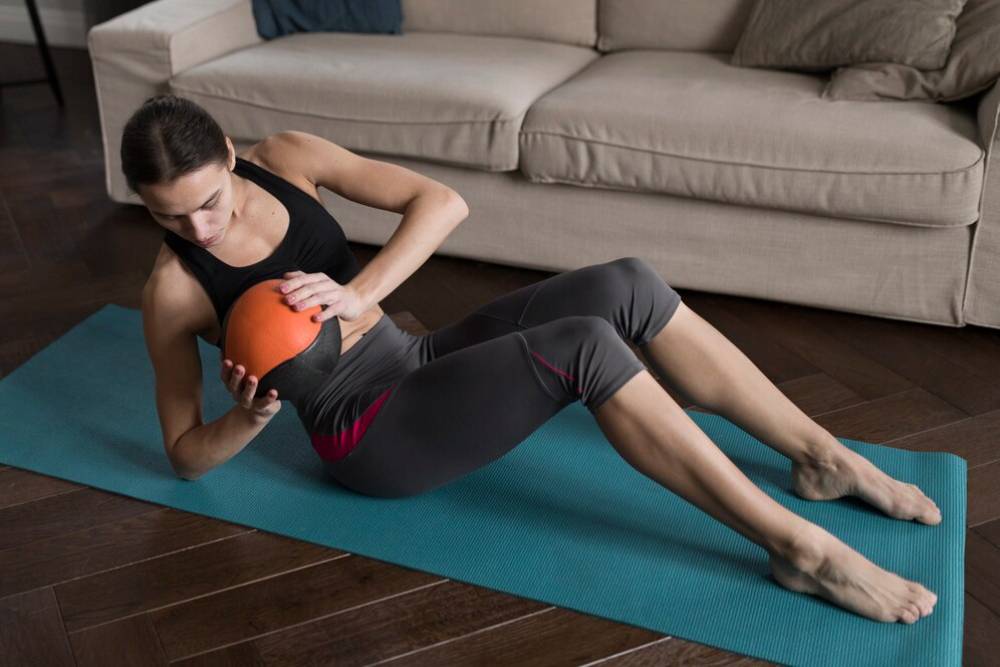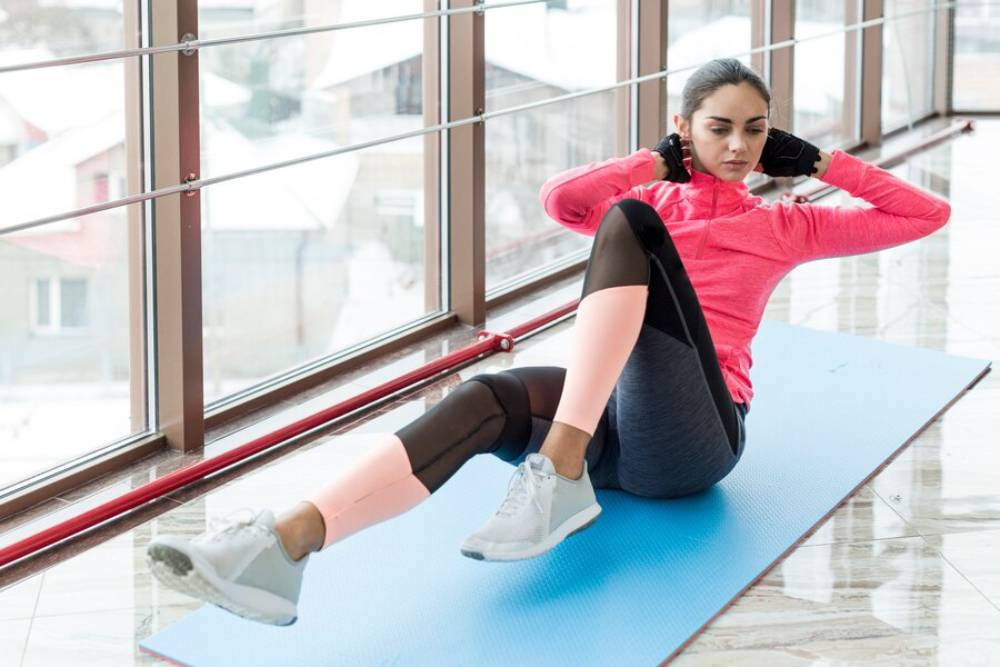
Pelvic Floor Exercises Every New Mum Should Know
Pregnancy and childbirth are profound journeys of joy and fresh starts. Yet, they usher in physical transformations that demand thoughtful care. Pelvic health is essential for postpartum recovery, often overshadowed but critically important. Ignoring it can overshadow a new mother’s well-being. This blog will look at pelvic floor exercises, focusing on Kegel exercises. These gems can significantly ease postpartum recovery and smooth the transition into motherhood.
For many new moms, the postpartum journey is an emotional rollercoaster. Sleepless nights blend into endless days as they adapt to life with a little one. Amidst the joy and chaos, physical health often slips through the cracks. Yet, embracing pelvic health is vital for recovery and long-term wellness.
Pelvic floor exercises, with Kegel moves leading the charge, are essential. They empower new moms to reclaim strength, control, and that all-important confidence. Every contraction moves them closer to physical harmony, building a strong base for success in their exciting new chapter.
Key Benefits
The pelvic floor is a supportive sling for the bladder, uterus, and rectum. Pregnancy and childbirth put these muscles through a rigorous workout. This stress can bring unwanted issues: incontinence, pelvic organ prolapse, and lower sexual function. But fear not! Engaging in pelvic floor exercises can be your saving grace, bringing with it a host of benefits:
Improved Bladder Control
Urinary incontinence is a common postpartum issue that can be embarrassing and inconvenient. Strengthening pelvic floor muscles with Kegel exercises can help. These exercises improve bladder control and reduce the frequency and urgency of urination.
Enhanced Pelvic Support
Pelvic organ prolapse happens when pelvic organs drop from their usual place. This occurs due to weak pelvic floor muscles. Regular pelvic floor exercises can help support these organs. They may prevent or ease symptoms of prolapse.
Boosted Sexual Health
Strong pelvic floor muscles contribute to enhanced sexual function and satisfaction. Pelvic floor exercises boost muscle tone and blood flow, resulting in more enjoyable intimate experiences.
Faster Postpartum Recovery
Adding pelvic floor exercises to your routine can speed up postpartum recovery. These exercises help improve circulation, reduce swelling, and boost muscle function. As a result, you may return to pre-pregnancy activities faster and enjoy a better quality of life.
Step-by-Step Guide
Let’s explore how to do pelvic floor exercises step by step. Consistency and proper technique are key to achieving the best results.
Step 1: Identify Your Pelvic Floor Muscles
Before you begin, it’s essential to locate the pelvic floor muscles. Stopping urine midstream uses your pelvic floor muscles. Another way to identify them is by inserting a clean finger into the vagina and trying to squeeze around it.
Step 2: Master the Basic Kegel Exercise

Once you know where the pelvic floor muscles are, begin with the basic Kegel exercise:
- Find a comfortable position: You can perform Kegels lying down, sitting, or standing. Lying down might be the easiest position for a beginner.
- Contract the muscles: Tighten your pelvic floor muscles. Hold the contraction for 5 seconds. Make sure to only engage the pelvic floor. Avoid using your abdominal, thigh, or buttock muscles.
- Relax: Release the contraction and rest for 5 seconds.
- Repeat: Aim for 10 repetitions three times a day.
Step 3: Progress to Advanced Kegel Exercises

As you get stronger and more confident, you can try advanced Kegel exercises:
- Long Hold Kegels: Gradually increase the hold time to 10 seconds, followed by a 10-second rest.
- Quick Flick Kegels: Tighten your pelvic floor muscles for 1 second. Then relax for 1 second. Aim for 10 repetitions.
- Elevator Kegels: Visualise your pelvic floor as an elevator. Lift the elevator to the top floor by squeezing your muscles. Hold it there for a few seconds. Then, lower it back down slowly.
Step 4: Incorporate Pelvic Floor Exercises into Daily Activities
One of the best aspects of pelvic floor exercises is their versatility. You can integrate them into your daily routine seamlessly:
- While breastfeeding, do Kegels to bond with your baby.
- While watching TV: Use commercial breaks as reminders to do a set of Kegels.
- While doing chores, like dishes or laundry, tighten your pelvic floor muscles.
Additional Expert Tips & Common Mistakes to Avoid
Like any exercise, pelvic floor workouts have best practices and common mistakes to watch for:
Expert Tips
- Stay Consistent: Add pelvic floor exercises to your daily routine for the best results.
- Focus on Quality: Proper technique is more important than the number of repetitions. Ensure you’re engaging the correct muscles.
- Stay Relaxed: Don’t tense your abdomen or thighs. This helps avoid extra strain.
- Be Patient: Results may take a few weeks to become noticeable, so be patient and persistent.
Common Mistakes to Avoid
- Overdoing It: Excessive pelvic floor exercises can lead to muscle fatigue and discomfort. Stick to the recommended number of repetitions.
- Holding Your Breath: Breathe naturally throughout the exercises to maintain relaxation.
- Expecting Quick Results: Pelvic floor exercises take time and practice for tangible gains. Avoid getting discouraged if you don’t see immediate changes.
Advanced Insights
If you want to enhance your pelvic floor exercises, check out these expert tips:
Consult a Pelvic Floor Specialist
For pelvic health issues or questions about your technique, see a pelvic floor specialist or physiotherapist. They can offer personalised advice and help.
Explore Other Pelvic Health Resources
Many resources, such as online courses, apps, and support groups, can help you learn and practice pelvic floor exercises.
Incorporate Pilates or Yoga

Pilates and yoga work well with pelvic floor exercises. They improve core strength, flexibility, and body awareness. Consider joining a postpartum Pilates or yoga class to further support your recovery.
Conclusion: Reclaiming Strength Through Pelvic Floor Exercises
Pelvic floor exercises are vital for postpartum recovery. They offer many benefits that improve a new mom’s quality of life. Understanding pelvic health and doing Kegel exercises daily can increase strength, control, and confidence. Be consistent and patient. Also, getting professional help can give you extra support.
As you start this journey, focus on your well-being. It’s a chance to set a good example for your family. Begin today to feel the incredible benefits of pelvic floor exercises in your postpartum recovery. Share your stories and tips with other new moms. This helps build a strong, supportive community of empowered women.